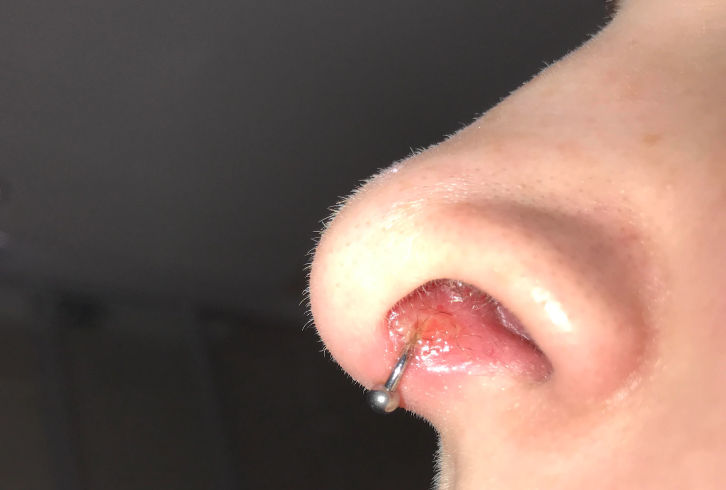Circumcision Education: The Importance of Informed Decision-Making
Circumcision has long been a subject of much discussion. It is a medical procedure performed for centuries in many different cultures and religions. One cannot stress the significance of making an informed decision on circumcision in the modern time. Clinics like Circumcision Pro ensure that the choice is well-informed and take into account all potential ramifications for the person’s health and well-being by providing a safe and effective circumcision procedure.
Potential Medical Benefits of Circumcision
Lower Risk of STIs (sexually transmitted infections)
Research has indicated that male circumcision can lower the risk of genital herpes, HIV, and human papillomavirus (HPV), among other sexually transmitted illnesses. During sexual activity, the foreskin may be more prone to tears and abrasions, which could serve as a point of entry for viruses.
Decreased Risk of UTIs or urinary tract infections
Infancy and childhood urinary tract infections can be considerably reduced by circumcision. Male circumcised individuals typically have fewer urinary tract infections (UTIs); this may be because the foreskin is removed, which can remove microorganisms that could cause an infection.
Decreased Risk of Penile Cancer
Circumcision lowers the risk of penile cancer, notwithstanding its rarity. Perhaps as a result of circumcised men’s lower risk of chronic infections and inflammations, cancer is more common in men with intact foreskins.
Prevent Penile Issues
Phimosis and paraphimosis, disorders involving the tightness of the foreskin that can result in discomfort and other consequences, are eliminated by circumcision. Additionally, it lessens the chance of foreskin and glans inflammations, known as balanitis and balanoposthitis.
Potential Hygiene Benefits
Circumcision can simplify genital hygiene. Without the foreskin, the cleaning of the genital area becomes more straightforward, potentially reducing the risk of various minor infections and malodors.
Medical Risks Not to Circumcise
Elevated Chance of Meatal Stenosis
A narrowing of the urethral entrance, known as meatal stenosis, is more common among male circumcised individuals. Urinary tract issues may result from this illness and may need to be corrected surgically.
Risk of infection at the site of surgery
An infection could occur at the location of the circumcision. Even though they are uncommon, infections can happen and may need to be treated with antibiotics or additional surgery in more severe situations.
Possibility of Adverse Anesthesia Reactions
Unfavorable responses are possible with any anesthetic technique. This is especially concerning for neonates and infants having their circumcisions performed.
Possibility of Excessive Bleeding
While uncommon, circumcision can sometimes lead to excessive bleeding, mainly if there is an underlying blood clotting disorder. This may necessitate medical intervention to control the bleeding.
Increased Risk of Pain and Discomfort
Postoperative pain and discomfort are common, especially as the wound heals. This can be distressing for both the child and the parents and requires proper pain management.
Risk of Unsatisfactory Cosmetic Outcome
There is a risk of an unsatisfactory cosmetic result, such as unevenness or scarring. In some cases, corrective surgery might be necessary.
Potential for Reduced Sexual Sensation
Some studies suggest that circumcision might lead to reduced sensitivity of the penis, potentially affecting sexual pleasure. However, this remains a contentious topic with mixed research findings.
Chance of Psychological Trauma
The experience of undergoing circumcision, especially at an older age, may lead to psychological distress or trauma, although this is not well-documented and may vary greatly among individuals.
Steps to Make an Informed Decision
Research and Gather Information
Start by researching and gathering comprehensive information about the procedure, its benefits, and risks. Utilize reputable sources like medical journals, healthcare websites, and information from health organizations.
Consult Healthcare Professionals
Speak with healthcare providers, including pediatricians and urologists, for professional medical advice tailored to your child’s health and specific circumstances.
Consider Cultural, Religious, and Family Perspectives
Reflect on your cultural, religious, and familial beliefs and practices. Understanding how these factors align with or challenge the decision to circumcise is essential.
Evaluate the Medical Pros and Cons
Carefully weigh the potential medical benefits against the risks and side effects. Consider both short-term and long-term implications for your child’s health.
Discuss with Partners or Family Members
If applicable, discuss the decision with your partner or other family members. Parents must be united or in agreement on their decision.
Think About Long-Term Impact
Consider the long-term impact of circumcision on your child, including their physical health, psychological well-being, and personal autonomy.
Understand the Procedure and Aftercare
Familiarize yourself with the details of the circumcision procedure, the required aftercare, and the recovery process to ensure you are prepared to provide appropriate care post-procedure.
Review Alternatives and Options
Explore alternative options and understand that choosing not to circumcise right away doesn’t preclude the possibility of circumcision later in life.
Take Time to Decide
Give yourself enough time so that you can decide well-informed and without feeling pressured. It’s critical that you feel secure and content with the choices you make.






